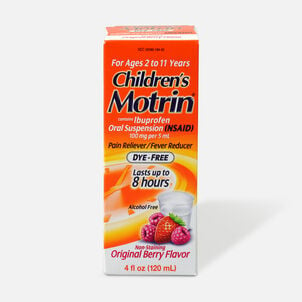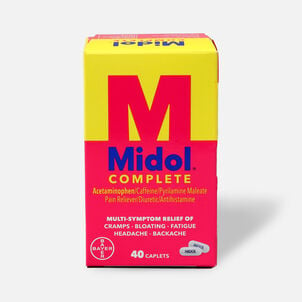We've all heard the numbers on how much it costs to raise a child. (At last count, it was a staggering $288,000.)
But what about the cost of getting pregnant, the necessary medical care during pregnancy, and once your little bundle of joy arrives? It's not cheap, especially if you require extra fertility help.
This is where your Health Savings Account (HSA) comes in. If you're in the (family planning) mood, then you should max out your HSA sooner rather than later. Here's what your HSA can help pay for.
The costs of getting pregnant
When trying for a baby, there are several costs that you may not be aware of, like pregnancy tests and fertility kits (think: ovulation tests and predictors.)
Prenatal vitamins are another potential spending target, as most practitioners suggest that you begin a regimen once you begin trying to conceive. These are also covered by your HSA.
Need a little extra help getting pregnant? Good news. Fertility treatments for the account holder and covered dependents are HSA (and FSA and if the plan allows, HRA) eligible, which is a major benefit, since the average cost of in vitro fertilization in the U.S. is $15,000-$20,000. The cost of other fertility treatments, such as intrauterine insemination (IUI), can cost hundreds, if not thousands. An HSA could save you a nice chunk of change here.
Your HSA and your baby
If you do get pregnant, it's time to start budgeting and planning for upcoming OB appointments and other related care. You'll likely receive several ultrasounds throughout your pregnancy, which are HSA-eligible. Insurance premiums, breast pumps and supplies, and birth classes are also a go.
Giving birth is a beautiful, life-changing experience. And it's expensive. The average cost of birth in the U.S. ranges from $30,000-$50,000, depending on whether you deliver vaginally or via c-section. But don't panic just yet. Part should be covered by your insurance, and all costs related to the birth of a child are HSA-eligible.
When planning for the birth of a child, it's also a good idea to plan for lost income or reduced income if you plan to take time off after your baby arrives, as many companies in the U.S. don't offer fully-paid maternity leave. You also may want to factor in incidentals, like the cost of traveling to and from OB appointments, and any other necessary medical costs during pregnancy, like anti-nausea medication.
Setting a budget
Budgeting is an important piece of the puzzle here, too. Look at your HSA spending for last year. What did you spend on? What can you expect to spend this year? Are there any costs you can negate to make room for the inevitable baby-related spending you'll incur this year? Remember, the HSA contribution limit for 2024 is $8,300 for those participating in the health plan as two-person or family.
But unlike FSAs, HSAs are not use-it-or-lose it. You can roll over any unused funds from year to year, which can earn interest or be invested. Sounds like the beginning of Junior's college fund to us.—
Thank you for visiting the HSA Store Learning Center. Don’t forget to follow us for more helpful tips on Facebook, Instagram, and Twitter.




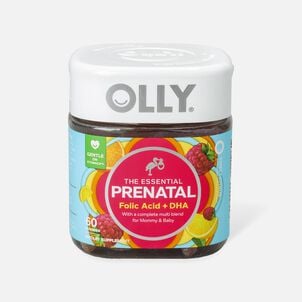

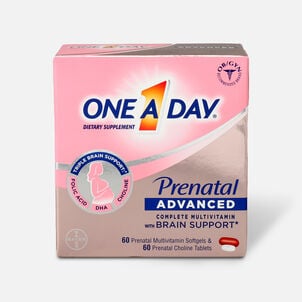


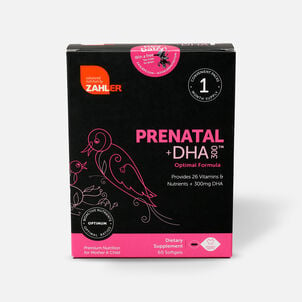
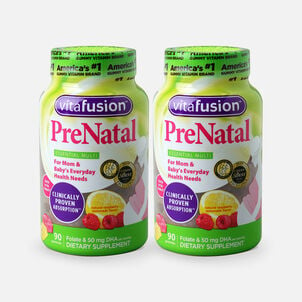
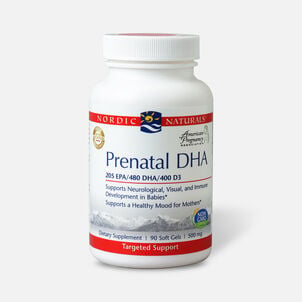


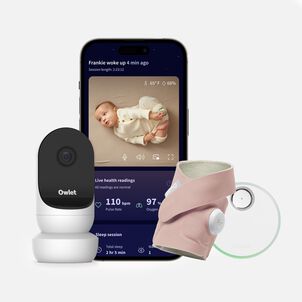



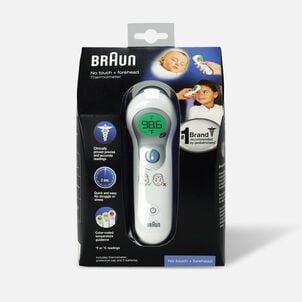
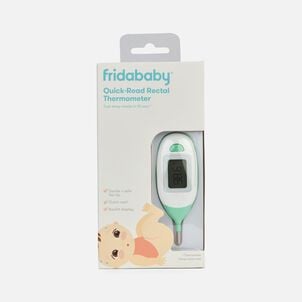
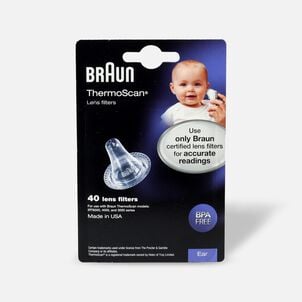

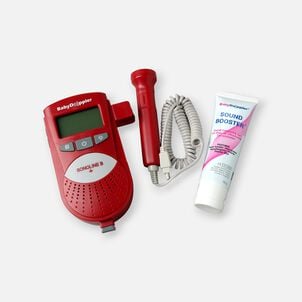




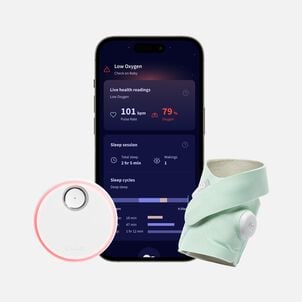
.png)








